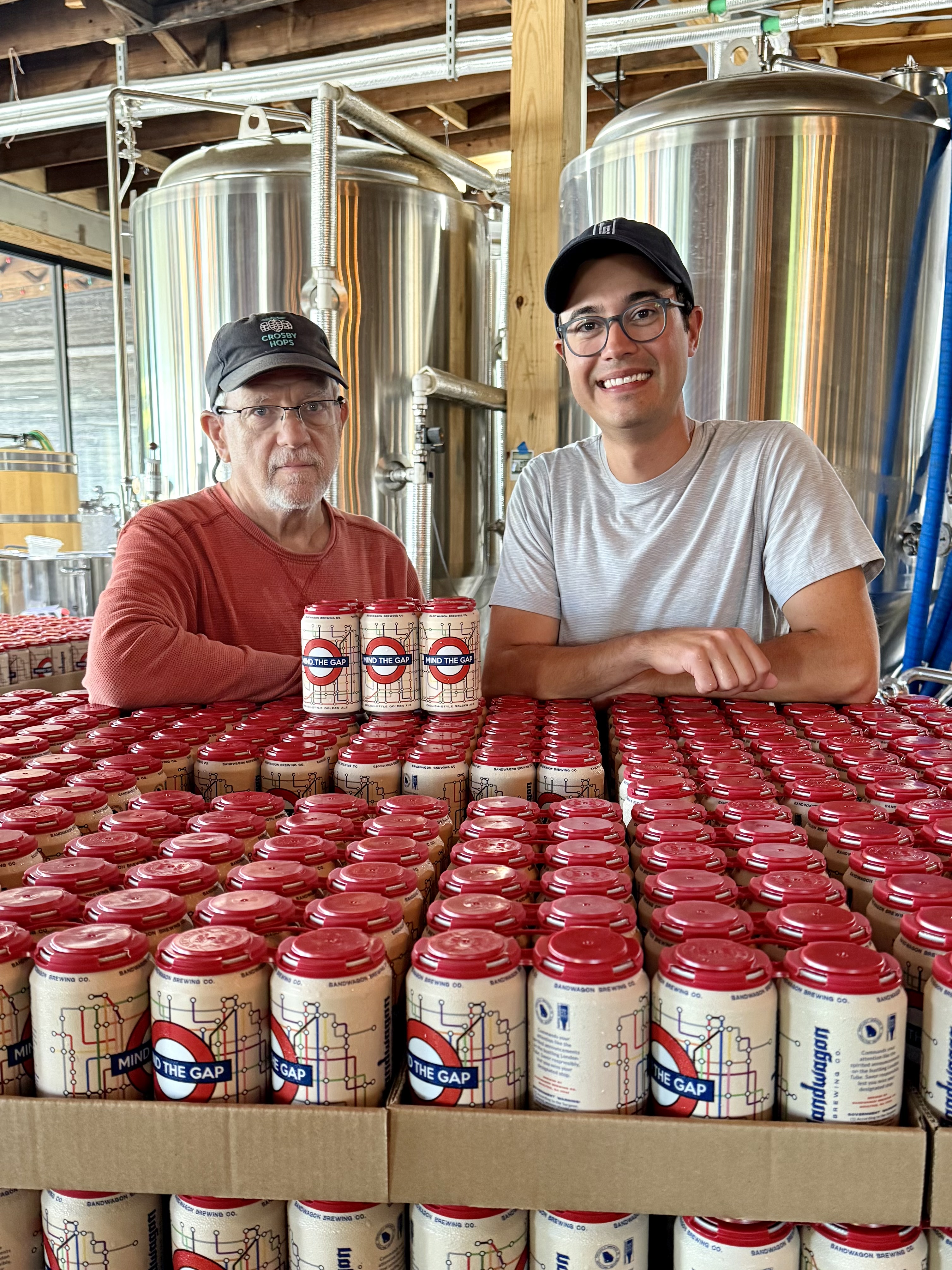EDDIE SEAGLE: Ginkgo offers bright yellow coloration in the fall
Published 8:31 am Wednesday, June 22, 2022

- Eddie Seagle is a Sustainability Verifier, Golf Environment Organization (Scotland), Agronomist and Horticulturalist, CSI: Seagle (Consulting Services International) LLC, Professor Emeritus and Honorary Alumnus (Abraham Baldwin Agricultural College), Distinguished Professor for Teaching and Learning (University System of Georgia) and Short Term Missionary (Heritage Church, Moultrie). Direct inquiries to csi_seagle@yahoo.com.
“Summertime is always the best of what might be.” Charles Bowden. “Cause a little bit of summer is what the whole year is all about.” John Mayer. “It’s always summer somewhere.” Lily Pulitzer. “In summer, the song sings itself.” William Carlos Williams. “It was June, and the world smelled of roses. The sunshine was like powdered gold over the grassy hillside.” Haud Hart Lovelace. “I am more myself in a garden than anywhere else on earth.” Doug Greene. “Happy is the color of summer.” Unknown.
Summer has officially arrived! Pace yourself in the summer heat and plan your landscape activities in the cooler parts of the day – early morning and late afternoon. Let’s continue our plant discussions with the ginkgo.
The Ginkgo with its angular crowns, long and erratic branches, and deep roots is resistant to wind and weather damage. Young trees are often tall and slender, and sparsely branched with the crown broadening as the tree ages. During the fall, the leaves turn a bright yellow, then drop (sometimes within 15 days). A combination of its resistance to diseases and insects and its ability to form aerial roots and sprouts makes the ginkgo long-lived, with some specimens appearing to be over 2,500 years old. The common ginkgo is a large tree, usually reaching a height of 60–120 feet, with some specimens in China being over 160 feet.
Ginkgo is one of the oldest living tree species (dating back many centuries) known to society and its leaves are among the most extensively studied herbs in use today. In Europe and the United States, ginkgo supplements are among the best-selling herbal medications and it consistently ranks as a top medicine prescribed in France and Germany. Ginkgo has been used in traditional medicine to treat blood disorders and enhance memory. Its leaves contain two types of chemicals (flavonoids and terpenoids) believed to have potent antioxidant properties. Gingko uses include improving blood flow to the brain; improving circulation to the extremities; fighting free radicals; improving memory, concentration and focus; treating varicose veins; treating tinnitus and vertigo, among others.
The ginkgo (also known as maidenhair tree) makes a remarkable feature in any garden and is renowned for its spectacular yellow foliage in the fall. They are often seen as large trees in parks and gardens. However, many varieties of Ginkgo biloba are grown that are suitable for smaller gardens and courtyards. Also, the ginkgo is well-suited for growing in containers where they will survive for many years with minimal attention and occasional feeding. Ginkgo offers strong curb appeal.
Cultivated ginkgos are easy to maintain and will grow in most conditions from sun to shade. The ginkgo tree is very hardy and often makes an excellent alternative to the Japanese maple. The forms available vary from the dwarf varieties such as Ginkgo biloba ‘Troll’ which is very small to the larger, columnar trees such as Ginkgo biloba ‘Tremonia’. This tree offers a size and shape for almost every garden.
Since many people find the messiness and smell of the female tree’s fruits objectionable and/or repulsive (comparable to that of Limburger cheese), the male (non-fruiting) varieties are most widely planted as shade, street or park trees. Also, rather than growing trees from seed and waiting years for them to flower and learn their gender, gardeners can propagate male trees from cuttings that are grafted onto other tree’s roots.
The Ginkgo prefers deep, sandy soils with moderate moisture and is adaptable to a range of pH levels. It prefers full sun, and is tolerant of pollution, salt air, and heat. Pruning is best performed in the spring and this tree is relatively pest-free.
Landscape uses include planting as a specimen tree, for large open areas, as a shade tree, and possibly as a street tree (depending on the cultivar). Only male species should be planted since female plants have such a foul-smelling fruit. Tall, upright growing, non-fruiting trees include Autumn Gold, Princeton Sentry, Chi-Chi, Magyar, Elmwood, Saratoga and Shangri-La. Any trees labeled Fastigiata or Variegata must be mature enough to distinguish the gender.
With exceptionally short branches and a dense display of foliage, some varieties of ginkgo mature into a more shrub-like form. These dwarf varieties are very slow growing and are ideal in small-sized landscapes as a shrub specimen or conversation piece. Jade Butterfly and Thelma are two dwarf selections which (after several decades of healthy growth) mature 8 to 15 feet tall and 6 to 10 feet wide, becoming more like a small tree after considerable time but as a shrub in the interim. Todd’s Witches Broom (also Todd’s WB) is a true ultra-dwarf, growing 3 to 4 feet tall and 3 to 4 feet wide and Troll which will reach 3 feet in height and is very compact with slow growth.
Ginkgo cultivars include Autumn Gold (26 feet tall with an open, pyramidal habit and specimen tree), Tremonia (20 feet tall with a narrow columnar habit and specimen tree), Fairmount (16 feet tall with slender growth adding height in limited area), Jade Butterflies (13 feet tall with bushy growth and specimen tree, pot or ground), and Saratoga (13 feet tall with pyramidal growth and attractive leaves in pot or ground).
Also, Horizontalis (5 feet tall with horizontal habit and ideal in a pot or planted), Mariken (5 feet tall with dense compact growth and planted in pot or ground), Barabits Nana (6 feet tall with dense bonsai habit and great in container), Tubifolia (6 feet tall with open architectural habit and in pot or ground), Beijing Gold (10 feet tall with bushy dense growth and best in dappled shade),
California Sunset (10 feet tall with yellow variegated leaves and best in dappled shade), Chi-Chi (10 feet tall with bushy dense growth and ideal for pot on patio), Pendula (over 10 feet tall with arching architectural habit and in pot or ground), Variegata (10 feet tall with slow open growth and best in dappled shade), and Weeping Wonder (10 feet tall with very weeping growth and in pot or ground).
Happy Summer to each of you!
———
“Our citizenship is in heaven. And we eagerly await a Savior from there, the Lord Jesus Christ.” Philippians 3:20. “The father of a righteous man has great joy; he who has a wise son delights in him.” Proverbs 23:24. “As a father has compassion on his children, so the Lord has compassion on those who fear Him.” Psalm 103:13. “Fathers, do not exasperate your children, instead, bring them up in the training and instruction of the Lord.” Ephesians 6:4. “Sing to God, sing praise to His name, extol Him who rides on the clouds — His name is the Lord — and rejoice before Him. A father to the fatherless, a defender of widows, is God in His holy dwelling.” Psalm 68:4-5.
Eddie Seagle is a Sustainability Verifier, Golf Environment Organization (Scotland), Agronomist and Horticulturalist, CSI: Seagle (Consulting Services International) LLC, Professor Emeritus and Honorary Alumnus (Abraham Baldwin Agricultural College), Distinguished Professor for Teaching and Learning (University System of Georgia) and Short Term Missionary (Heritage Church, Moultrie). Direct inquiries to csi_seagle@yahoo.com.





